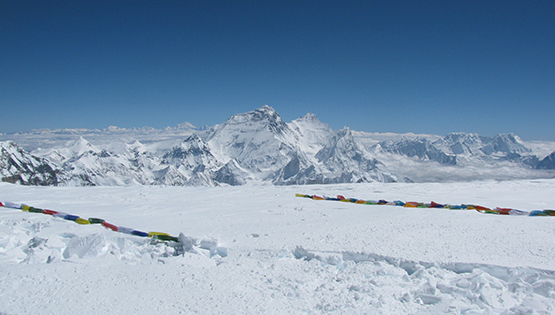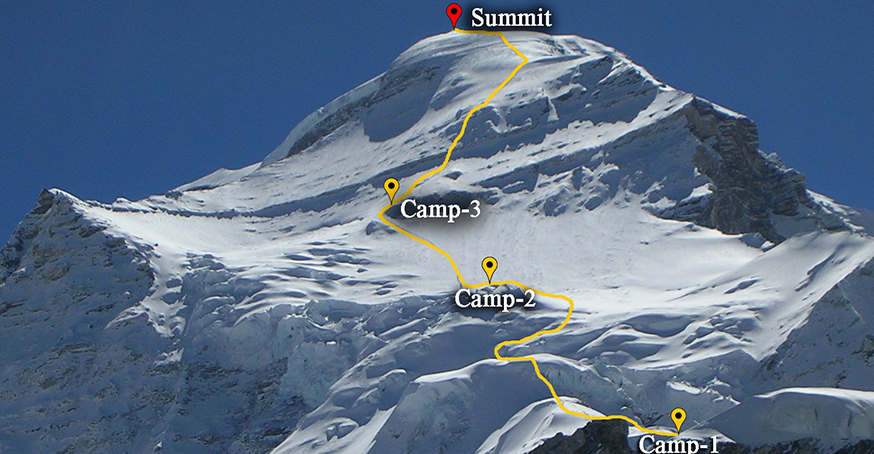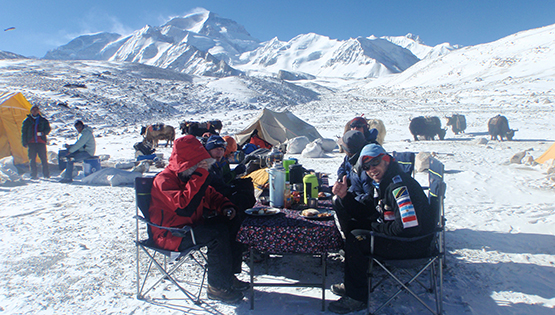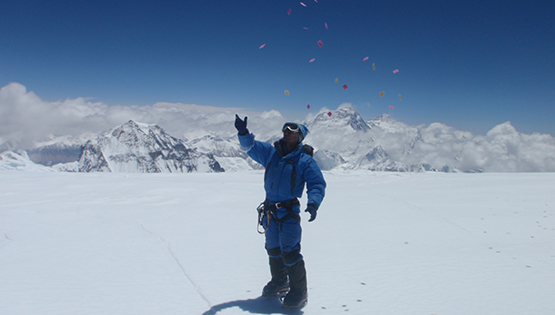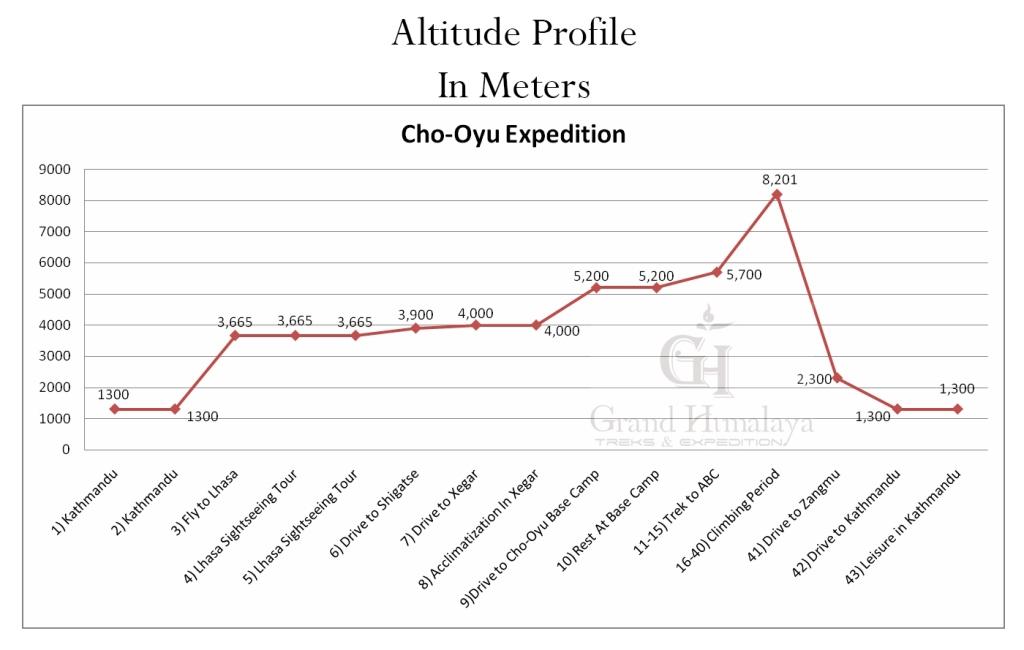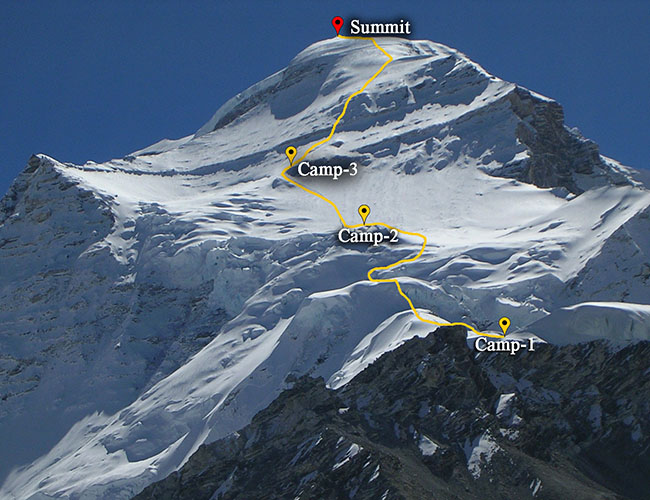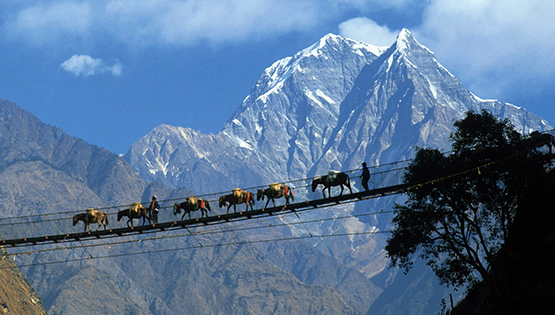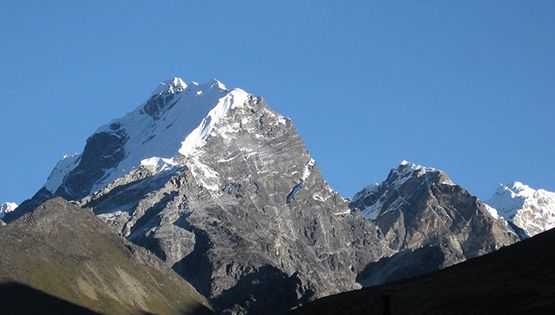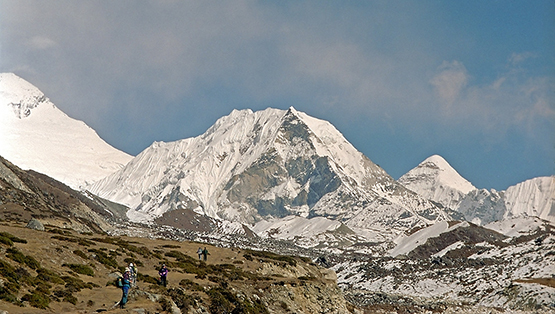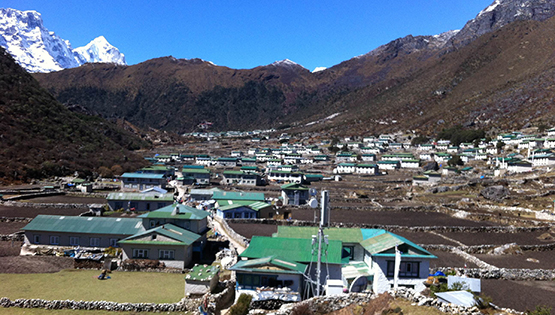Cho-Oyu is the sixth highest mountain in the world at 8,201 meters (26,906 ft) above sea level.
Cho-Oyu lies in the Himalayas and is 20 km west of Mount Everest, at the border between China and Nepal. Cho-Oyu means "Goddess of Turquoise" in Tibetan.
The mountain was first climbed on October 19, 1954, via the north-west ridge by Herbert Tichy, Joseph Jochler and Sherpa Pasang Dawa Lama of an Austrian expedition.This expedition is an excellent opportunity for climbers to extend their experience to extreme altitudes and is highly recommended as a first 8,000m Peak, or as a stepping-stone to an attempt on Everest.
The comparative ease of access, lack of objective dangers and generally uncomplicated terrain makes Cho Oyu the most attainable of the world's highest mountains. However, like all 8,000m Peaks, the climb is a serious undertaking and demands fitness, mountaineering skill and self-sufficiency from those considering it.
We fly from Kathmandu to Lhasa and spend a few days exploring the ancient Tibetan capital, taking time to let our bodies acclimatize, before driving across the Tibetan Plateau to Chinese Base Camp. From here, we load up Yaks and trek to Cho Oyu base camp, below the North West face.
The route above base camp consists mainly of low-angled snow slopes up to 30 degree with one short but very steep section to bypass a serac barrier at 6,400m. We use three camps on the mountain; the highest at 7,500m is the launch pad for the summit, which is reached in 5 to 8 hours under normal conditions.
Increasingly, climbers choose to use oxygen on summit day, which we now include in the expedition cost. Our expeditions also include one climbing Sherpa for every two team members, as well as an extremely comfortable and well-stocked base camp.
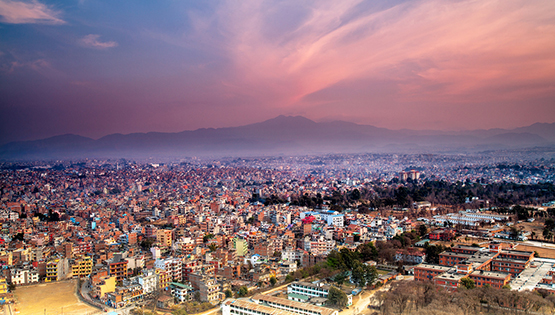
A very warm welcome to the Kingdom of Himalayas. Upon your arrival at the Tribhuvan international airport our representative welcomes you and assists you transfer to your hotel in Kathmandu. After time to get refreshed, evening you'll meet and transfer for welcome dinner in one of the typical Nepalese restaurant in the heart of Kathmandu i.e. Utsav or Nepali Chula (Kitchen). Here you will not simply experience the traditional Nepalese dish but will be entertained with Nepalese traditional dance and folk songs. After the dinner, you will be transferred back to your respective hotel.
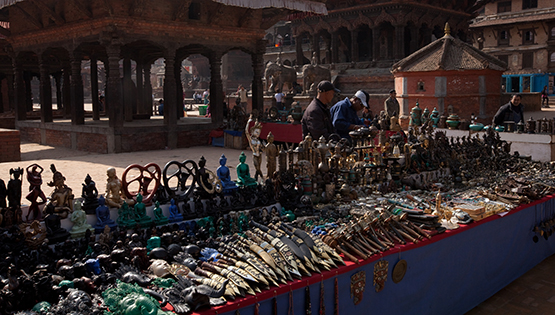
There will be time for us to explore the bazaars, shops and monasteries of this fascinating city. The expedition leader will also examine everyone's climbing equipment so that any shortfalls can be purchased in Kathmandu prior to flying to Tibet. Chinese Visas allowing entry to Tibet will also be issued by the Chinese Embassy in Kathmandu.
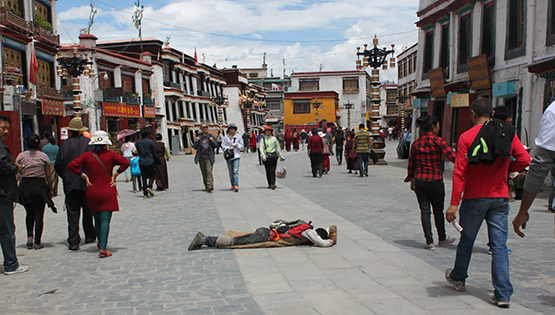
If the weather is clear the flight will give extraordinary views of the Himalaya, including Everest, Makalu and Kanchenjunga. We should also get a good view from the air of the Kangshung valley. On arrival in Lhasa, we will be met and taken to a good standard hotel close to the city center. This will be our base for the next few days while we acclimatize to the high altitude of the Tibetan plateau (Lhasa is one of the highest capitals in the world at 3,665m/12024ft).
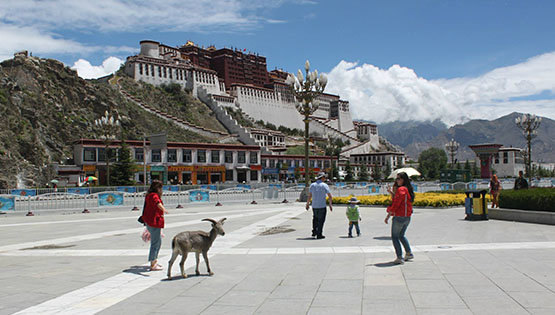
While acclimatizing, we will make the most of our time in Lhasa and visit the Potala Palace, the Dalai Lama's summer palace and perhaps one or two monasteries outside the city. Lhasa is a fascinating place, the indigenous Tibetan people and architecture contrasting strongly with the imposed Chinese influence.
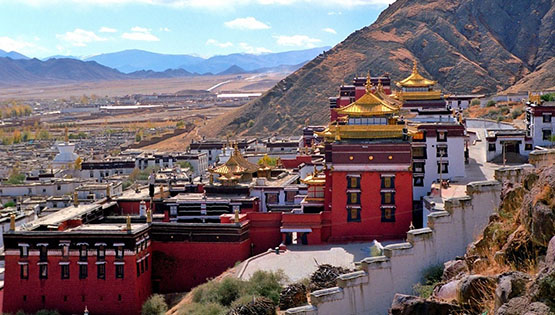
We set off in land-cruisers across the Tibetan plateau. Soon after leaving Lhasa, we reach the banks of the Tsang Po, which becomes the Brahmaputra River when it enters India. We drive up-stream for a while before turning southwest through barren desert-like valleys to reach Shigatse, Tibet's second city. Overnight in a hotel. Altitude: 3,900m.

As we continue along the Tibetan highway, the northern edge of the Greater Himalaya comes into view, often providing a spectacular panorama of peaks, including Everest. We overnight in a hotel 7 kilometers outside the main town of Xegar. If there is time, we may be able to visit the main town and its hilltop monastery. Altitude: 4,000m.
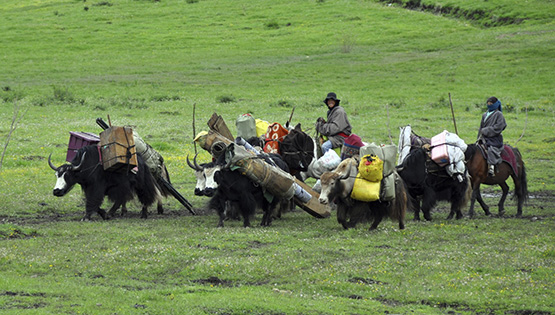
This is an important day which will help us cope with the big height gain to Chinese base camp tomorrow. The general advice is to take it easy, but a visit of the main town and a gentle hike up to its hilltop monastery (4,200m) are highly recommended.
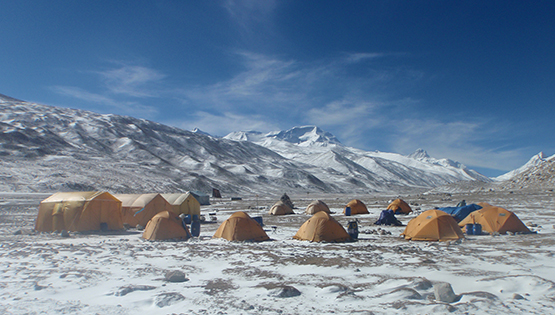
We complete the drive to the road-head and to the Chinese base camp. Leaving Shegar, we turn south along the bumpy track that leads to the road-head below Cho Oyu.
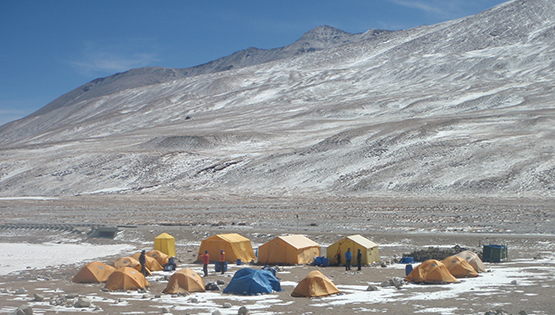
This will be an important day in order to sort out all loads for the yak carry. In the afternoon, our yaks arrive, getting ready to make the carry on the first leg to advance base camp tomorrow.
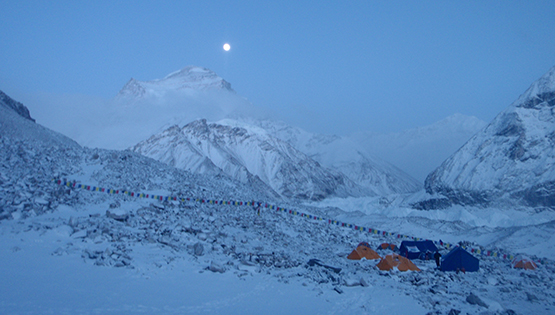
With yaks carrying the expedition's supplies, we trek up the long valley to advance base camp. We spend 3 nights at intermediate camps at 5,200 and 5,450 metres before continuing to advance base camp. The benefit of our acclimatization camp will be much appreciated when we finally occupy advance base camp, our home for the duration of the climb. We move into advance base camp early on day 15 and spend the afternoon organizing climbing equipment for use on the mountain.

On the first day, we make our initial, tentative excursion and exploration of the lower part of the mountain. The aim will be to get as high as possible in order to have a good look at the route and the conditions on the mountain. We do not carry loads and we aim to return to advance base camp for the evening. As we gain in strength and acclimatization, we climb higher on the mountain with the aim of reaching and sleeping at both camp 1 and camp 2. This will give us ideal preparation for the final part of the climb. The summit bids follow a good period of rest at advance base camp during which time the Sherpa’s complete the task of establishing the high camp at 7,400 meters. On day 40, all climbers should be back at base camp with the mountain stripped of equipment. Packing-up base camp is always time consuming and everyone will need to help to ensure that we leave no trace of our passing. If we are successful in climbing the mountain early then we will leave base camp early. We can head back to Kathmandu as soon as everyone has made a determined summit climb but past experience has shown that we will need all of the days allotted unless the conditions on the mountain are exceptionally good and everyone acclimatizes exceptionally well.
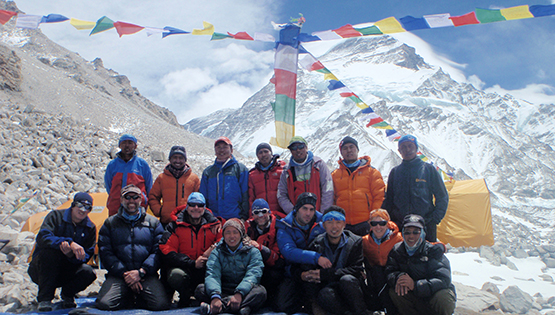
We will make the return trek to the road-head with yaks carrying our equipment. Our road transport will be waiting for us. We spend our last night in tents at the
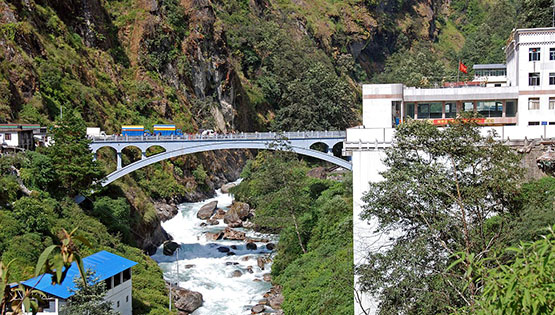
Although with a good road and no snow blocking on the passes, it is possible to drive to Kathmandu in 12 to 14 hours, we have planned on 2 days in case of delays. On the first day we will aim to drive to Kyirong and possible cross the border into Nepal. If we make the drive all the way to Kathmandu, we will arrive there at about 8 p.m.
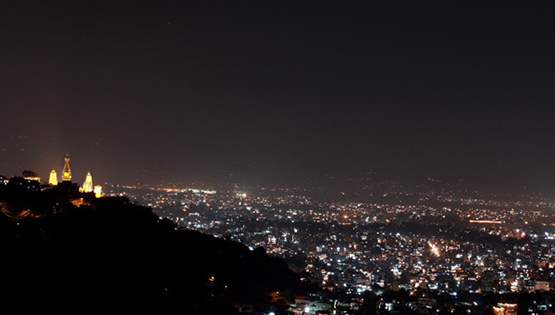
We complete the drive to Kathmandu. We return to the welcome delights of Kathmandu in the hotel, with its peaceful gardens, cool swimming pool, welcoming rooms and inviting bar. In the evening, we have our farewell celebration and expedition dinner.
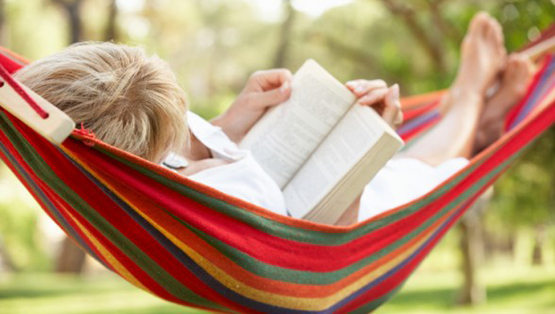
Rest and relax at the hotel after such a wonderful trip. For those eager to see as much of Kathmandu as possible, an early start is worthwhile to visit the temples of Pashupatinath and Swayambhunath and districts of Bhaktapur and Patan. Durbar Square is also on the essential list, as is the shopping area of Thamel. In the evening you can have your last night in Nepal, enjoying the Nepali cultural dinner show or go out to Thamel.
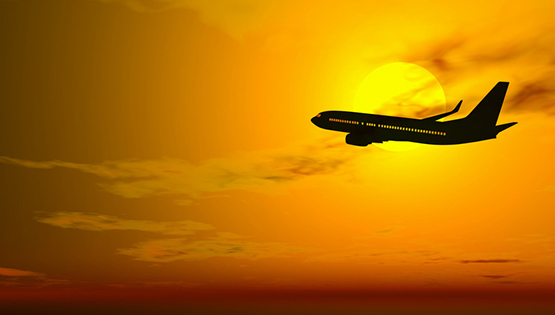
Today is free or last minute shopping for souvenirs or gift to your family, friends or relatives for you until your departure flight/drive or to commence any extra trips or activities you may have booked with us. If departing, you'll be transferred to the International Airport for your departure flight to your onwards destination.
- 4 night accommodation Yak & Yeti Hotel*****in Kathmandu. Room on twin sharing basis, breakfast is included.
- All accommodation and transportation in Tibet/China en route.
- All pickup and drop transportation from airport to airport both domestic & international airport and other transportation in the valley.
- One day guided city sightseeing tour in around Kathmandu according to our itinerary. (Largest Buddhist Stupa in the world at Bouddha Nath and the most important Hindu temple in the valley at Pasupati Nath). And Monkey temple at Swayambhunath. With Transportation, fully licensed guide and entry fees included. Extra city sightseeing tour can be arranged on request for additional fee, after the expedition if required.
- Insurances of all camp maintenance staff are absolutely mandatory.
- Cho Oyu climbing permit, Travel permit and environmental protection fees,
- Chinese custom clearances, Chinese group visa fee & Travel permit.
- Chinese liaison officer & Interpreter at BC.
- English speaking experienced Tibetan guide which will be provided by our Chinese representative.
- CTMA Rope fixing charge above ABC to SUMMIT $300 per Member (Subjected to be changed).
- Climbing Sherpa (1:1 ratio) / Daily Wages/Insurance/Equipment Allowance/Oxygen/Altitude Tent/Food & Fuel BC, ABC & above
- 3 Bottles of SUMMIT Oxygen per guest and 2 bottle for Sherpa on summit day with set of mask and regulator.
- Private Bus Transportation from Kathmandu-Kyirong Boarder-BC-Kyirong Border-Kathmandu for all team member & local staff member.
- 1 Truck transportation for the entire expedition equipment & supplies from Kthmandu-Kyirong Border-Cho-Oyu BC, and back to Katmandu.
- 1 Yak per expedition member BC-ABC & 1 from ABC-BC (40 KG) for personal climbing gear. Let us know early in advance if you have personal climbing gear more than 40 KG this will be extra cost.
- Private Tents at BC & ABC with reasonably thick sleeping mattresses for all guest unless couple willing to share tent.
- Kitchen-Tent both at BC & ABC including all necessary kitchen equipment.
- Well insulated Dining-Tent at ABC with gas heater & Solar light inside.
- Store & communication tent at ABC, Toilet & Shower tents at ABC
- VHF Radio base at BC & ABC plus 1 hand held set between two climbers during climbing period
- 1 Well trained Nepali Chef plus 1 BC Manager & 2 Tibetan kitchen helper boys at ABC
- Fuel for preparing food both at ABC.
- One locally made water proof Duffel bag with your Name & Grand Himalaya's Logo on it will be provided by us for the Trek up to BC & back to KTM; it is yours so you may take it back to home with you or return to us at the end of trip.
- Solar panel at ABC for light and charging small electronic devices. (Mobile phones, amateur digital cameras and handheld video cameras).
- 2 Spare bottle of Oxygen with mask/Regulator set (only for medical purpose) at ABC.
- Satellite phone for emergency purpose (but personal calls at an additional cost)
- Temporary camp at Intermediate Camp including food.
- Limited alcoholic beverage will be provided only at ABC (Imported good quality Red wine available in Kathmandu, Beers, unlimited Soft drinks Coke, Sprite, Mixed flavored caned juice.
- Comprehensive first aid kit only for camp staff (All guests are kindly requested to bring your personal first aid kit with plenty of necessary medication supplies during the expedition period).
- Celebration meal in Kathmandu after the expedition with all the local staffs
- A regular/simple cell phone with local SIM Card & charger cable will be provided in the team during the trip. Guest will be requested to return this to Grand Himalaya staff at the end of the trip. Or each member will get one Local Phone SIM Card.
- Your International & home country domestic airfares, transfers en route & excess baggage
- Flight ticket from Kathmandu-Lhasa-Kathmandu if you choose this option.
- All meal Breakfast, Lunch, Dinner and drinks en route from Lhasa/Kyirong to Cho Oyu BC.
- Your personal insurance. Medical, mountain rescue & repatriation cover is obligatory.
- In case of emergency evacuation, the transportation cost from Cho Oyu BC to Kyirong Border by Jeep cost between $1400-$2000, per trip, depending on availability at the time, and from Border to Kathmandu is US$500/-is applicable, and an early departure penalty from Chinese immigration in border as per the visa permit's
- Nepal entry visa & re-entry visa fee for Nepal (Which is available on your arrival in Kathmandu international airport). We recommend you to obtain 90 days multiple entry visa to avoid hassle.
- Your personal expenses e.g. phone calls, laundry, Bar bills in Kathmandu.
- Your main meal (Lunch & Dinners) in Kathmandu apart from celebration meal in Kathmandu after the expedition. Allow USD12-15/meal.
- Cost of electronic appliances, Your personal climbing gears for ascent
- Satellite phone usage is available, but at an additional cost($5 per minutes)
- (Extra Yak cost $300. Per Yak).We proved 1 Yak per person on your expedition cost.
- Extra night accommodation in Kathmandu because of early arrival, late departure, early return from mountain (due to any unforeseen circumstances) than the scheduled itinerary.
- Note: Credit cards will not be accepted in China/Tibet. All guests are suggested bring enough cash for any of extra cost in China.
- Applicable permit fees & customs charges, etc for SAT Phone, communication equipment and commercial Filming Permission Fees. Need to inform us early in advance for issuing necessary permit.
| # | Start Date | End Date | Trip Cost | Availability | Booking |
|---|---|---|---|---|---|
| 1 | 25 AUG 2025 | 7 OCT 2025 | $20000/ PERSON | Available | Book Now |
A deposit of 35% of the total trip cost is payable at the time of booking and the final balance due 24 weeks before the start of the trip. The act of booking implies that you have accepted the ethos of the trip and any objective or subjective risks associated with it.
- More than 42 days before departure 35% of total cost
- 42 to 29 days 50% of total cost
- 28 days to 15 days 75% of total cost and
- 14 days or less 100% of total cost.
